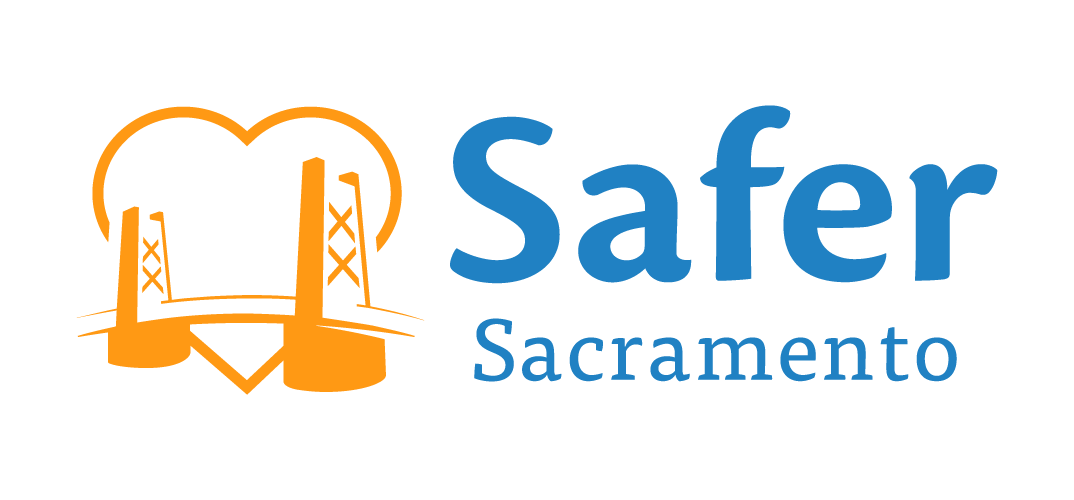The Role of Harm Reduction in Preventing Overdose Deaths
Harm reduction plays a crucial role in preventing overdose deaths by adopting a realistic approach that focuses on minimizing the negative health, social, and legal impacts associated with drug use/misuse. Here are some key elements of harm reduction in overdose prevention:
Naloxone (Narcan) Distribution
Overdose Reversal: Narcan is a medication that can rapidly reverse an opioid overdose. Distributing naloxone and training individuals and their families on how to use it can save lives.
Widespread Availability: Making Narcan available without a prescription and accessible in community settings, including pharmacies and emergency services, helps save lives.
Education and Outreach
Risk Awareness: Educating the community and people who misuse substances about the risks associated with different substances, including the dangers of mixing drugs and the increased risk of overdose with certain combinations.
Safe Practices: Promoting safer drug use practices, such as not using alone, starting with a small dose, and recognizing the signs of overdose.
Substance Testing
Fentanyl Testing Strips: Providing strips that can detect the presence of fentanyl in drugs, allowing people who use drugs to make informed decisions and potentially avoid substances that are likely to cause an overdose.
Support and Resources
Linkage to Treatment: Connecting individuals to addiction treatment and recovery services, including medication-assisted treatment (MAT) and counseling.
Social Support: Offering support through peer networks and community programs that reduce isolation and provide a sense of belonging and safety.
Policy and Advocacy
Legal Reforms: Advocating for policies that support treatment and recovery, and harm reduction strategies, thus reducing the stigma and barriers to accessing help.
Funding and Resources: Ensuring that harm reduction programs are adequately funded and supported by public health/behavioral health initiatives.
The Harm Reduction Model
Harm reduction acknowledges that drug use/misuse is a complex issue and aims to reduce its adverse effects rather than simply focusing on abstinence. By providing practical tools, education, and support, harm reduction strategies significantly contribute to reducing overdose deaths and improving the overall health and well-being of individuals who use drugs.

